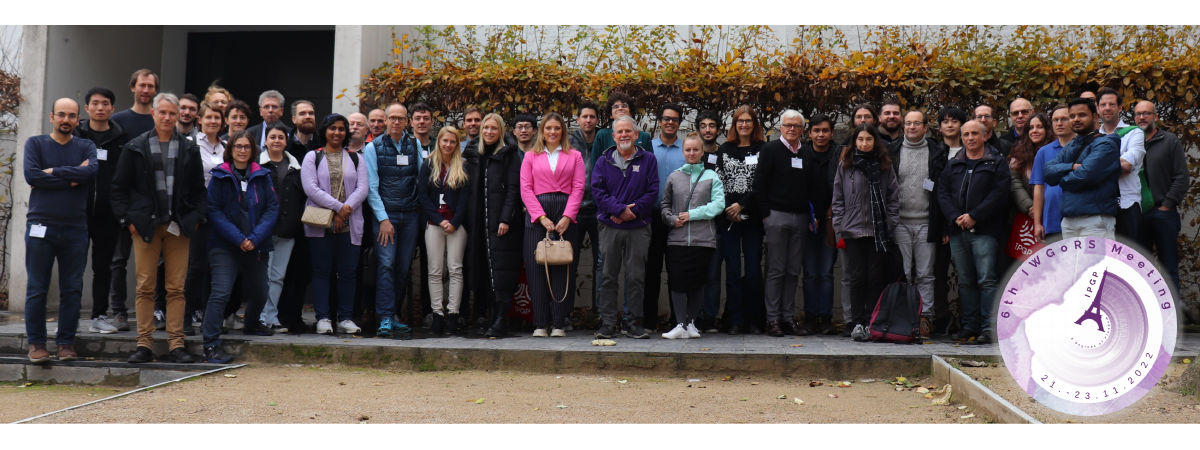Tilt Errors on Recorded Accelerations from Instrumented Structures
Erol Kalkan, 1) and Vladimir Graizer, 2)
1) U.S. Geological Survey, Menlo Park, CA, ekalkan@usgs.gov
2) U.S. Nuclear Regulatory Commission, Washington, DC, vxg1@nrc.gov
Modern strong motion recording sensors rely on highly damped (mass-on-rod) pendulum system in which mass moves in a horizontal or vertical plane. This type of sensor is intended to measure ground motion in one of three orthogonal directions, yet it is also sensitive to rotations. Few degrees change in sensitivity plane of a sensor oriented to record translational motion may create additional inertial force acting on its mass due to gravity. Thus, mass of pendulum starts responding not only to translational ground motion but also to tilt and gravitational acceleration. Such coupled response is less pronounced for sensors recording vertical motion due to their specific orientation. Although rotations due to ground shaking are in general small at ground surface, they can easily exceed few degrees in structures due to foundation rocking, structural response or combination of both. Formation of plastic hinges and associated chord rotations in bridge bents, cumulative drifts in shear-beam type structures or flexible diaphragms in regular buildings can potentially create notable rotations on structures that can contaminate recorded translational motions. This contamination manifests itself as long period waves and baseline shift in acceleration time histories. By filtering out low frequencies, it becomes impossible to get true displacements (both dynamic and residual) after double time integration of processed acceleration record.
In this study we are using recordings of the 1992 M 7.3 Landers earthquakes at the instrumented bridge bent in California to calculate rotations. This bridge bent is taken as a proxy to identify the level of error in recorded motions at the superstructure level by ignoring tilting of sensors due to structural and/or foundation response. It is demonstrated that special correction to raw data is needed to recover the true translational motion from a record contaminated by tilt.
.png)